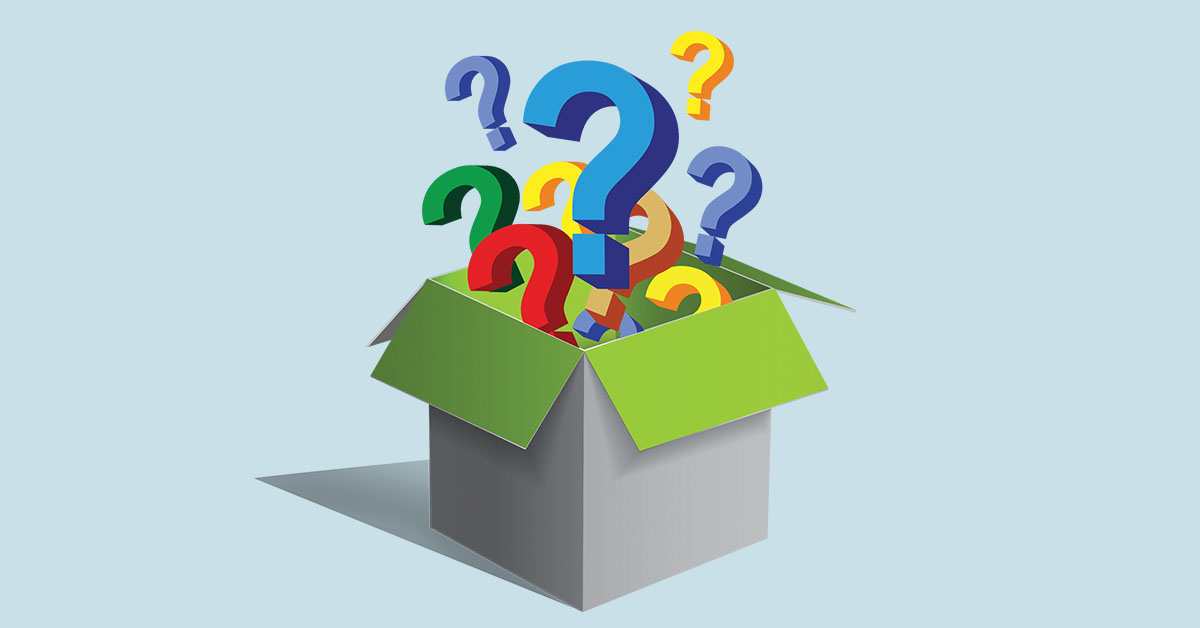Former Defense Secretary Donald H. Rumsfeld phrased it as “known knowns, known unknowns and unknown unknowns.” He didn’t originate the idea. Psychologists came up with what is called the Johari Window in the 1950s to understand communications between members of a group. Defense and intelligence officials adapted the concept for strategic planning, as have NASA engineers.
Rumsfeld uttered his famous description in response to a reporter’s question in a lead-up to the Iraq War. Applied to the housing and mortgage markets, the concept can be useful for understanding some of the concerns for these industries in 2022.
What is a “known known” when it comes to the housing market? Rising interest rates. The Federal Reserve signaled as much this past December, hinting at three possible rate hikes this year. Many experts believe that rates will rise from about 3% at the end of 2021 to 4% at some point in 2022.
The economy and the housing market are better prepared to deal with the adverse effects of the omicron (strain) than when COVID-19 first hit.
This won’t necessarily hamper the housing market, says Gay Cororaton, a senior economist and director of housing and commercial research for the National Association of Realtors (NAR). Her organization expects 2022 home sales to dip slightly to about 5.9 million homes sold, compared with about 6 million in 2021. “My take on that is mortgage rates are still going to be low relative to the pre-pandemic level,” Cororaton says.
The Mortgage Bankers Association (MBA) also expects interest rates to rise to 4% this year, although they’ll likely be volatile from week to week, says Joel Kan, the MBA’s associate vice president of economic and industry forecasting. The MBA is a bit more bullish on home sales, expecting about 6.4 million homes to be sold in 2022 due to demographics and demand, but it’s dependent on housing supply.
Kan thinks that rates could affect this number, but only if home appreciation continues to rise in the double-digit territory. “The 4% mortgage rate being pretty low by historical levels won’t be a hindrance to many people,” Kan says.
CoreLogic chief economist Frank E. Nothaft writes in an email that rates should average about 3.4% this year, which is still historically low. He notes that fixed-rate mortgages averaged 4.1% in the decade prior to the COVID-19 pandemic.
“We expect to see a moderation in buyer demand as the erosion in affordability from higher interest rates and home prices take a toll,” he writes. “With more supply from new construction and existing owners relocating, home sales are expected to rise modestly to the largest number since 2006.”
Next up is the “known unknown,” the coronavirus. Late in 2021, omicron exploded across the globe with nearly three in four new cases in the U.S. attributed to the variant. What could omicron or another variant mean for the housing market? “Let’s just say that the economy and the housing market is better prepared to deal with the adverse effects of the omicron (strain) than when COVID-19 first hit,” Cororaton says.
The housing market has adapted well to the pandemic through virtual home tours, virtual closings and desktop underwriting. These tools will remain effective even if the omicron variant continues to flare in the U.S. Kan also believes that the economy will be able to weather the omicron variant. “If we see things proceed very similar to the delta variant, I don’t think that we’re going to see as big of a hit to growth as we saw (with the shutdowns at the start of the pandemic in 2020).”
There could be job sectors that suffer if the omicron variant runs out of control, Kan says. The leisure, travel and service industries could take a hit as people stay home or shift to takeout from restaurants rather than dining in.
This leaves the “unknown unknowns.” For this, Cororaton is looking to how rising rates will affect regional markets, especially higher-priced markets on the West Coast or in areas such as Boston or Austin. She wonders whether higher rates will force home prices to decline, which could deter existing homeowners from putting their houses on the market and exacerbating supply problems.
“Geographically, I would say, we just have to really watch more carefully what is going to happen in these high-priced markets,” Cororaton says.
Kan also is curious about regional markets. There was a shift in the first two years of the pandemic as people moved farther away from urban centers. While working from home, some people moved into smaller markets far from their jobs. This fueled home-price growth that was previously unseen in many of these locations.
“We’ve certainly seen preferences change over time,” Kan says. “Cities will always have the amenities that many people want. … If prices do ease in a lot of major metro areas, you might see people come back or at least less of an outflow.” ●







